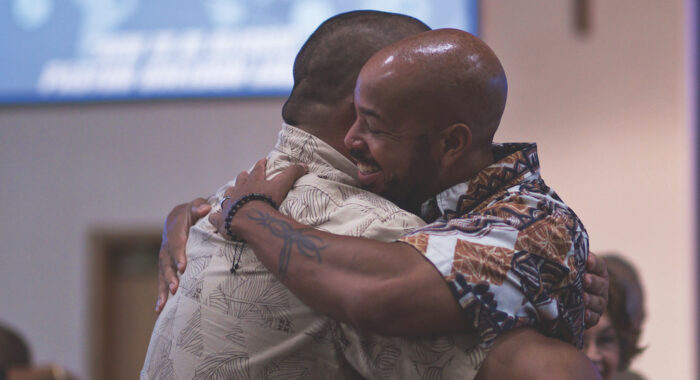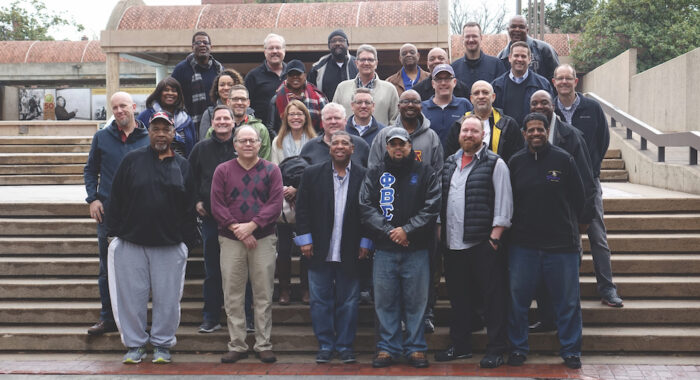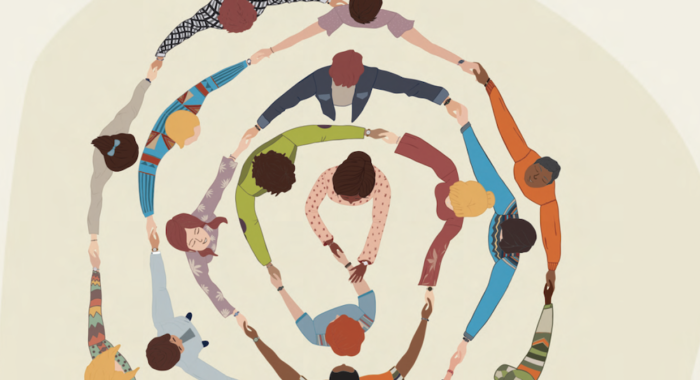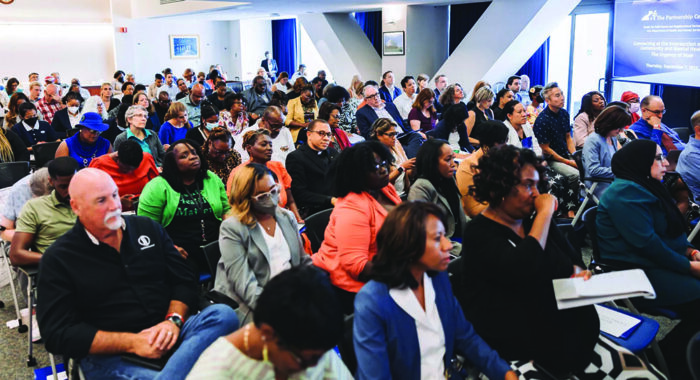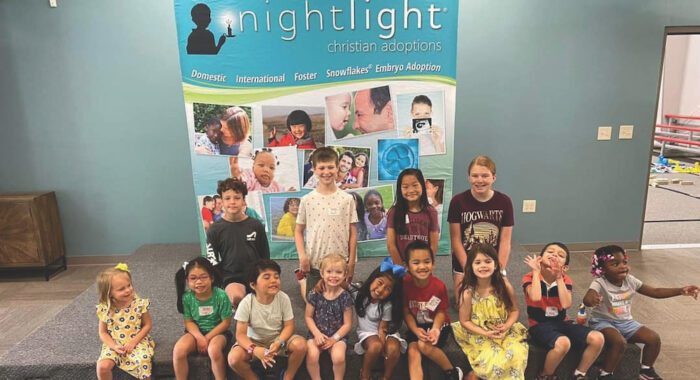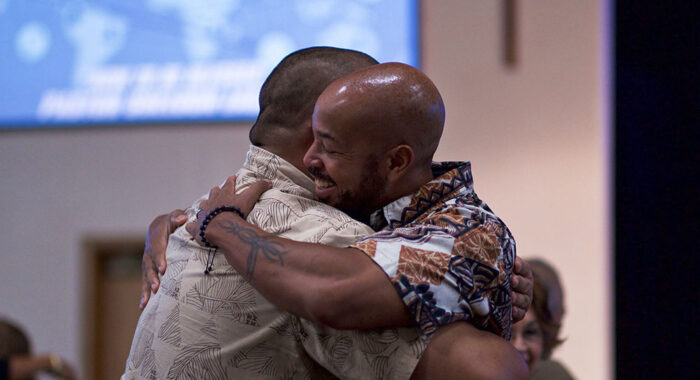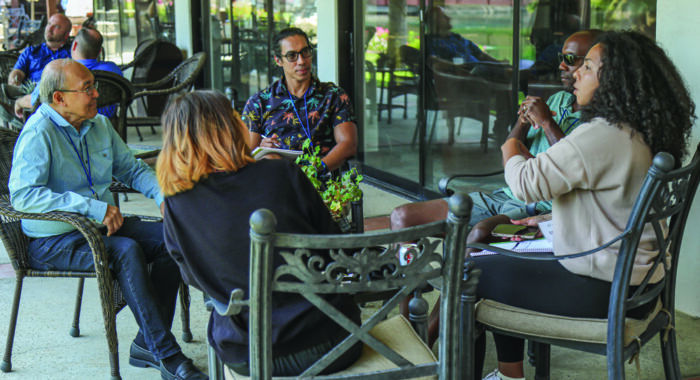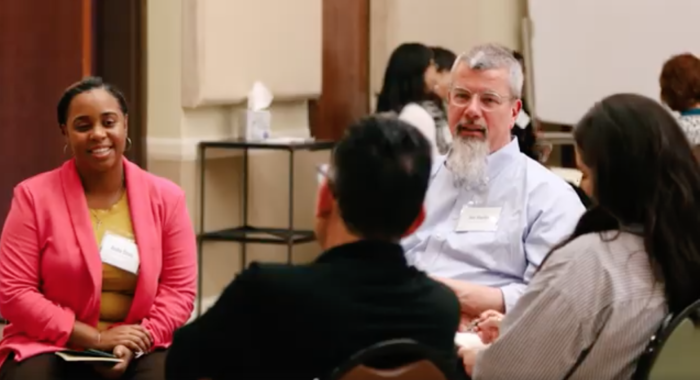Almost every day we hear a news story about opioid addiction in America. The Centers for Disease Control and Prevention estimate that over 2 million people in the United States are currently addicted to prescription opioids. In Today’s Conversation, Leith Anderson talks with Dr. Lindsay Stokes about the opioid crisis and how churches and Christians can respond.
In this podcast, Dr. Lindsay Stokes, an emergency medicine physician in Albany, New York, explains:
- Her experiences in the emergency room with those who are addicted to opioids;
- Why opioid addiction became so prevalent in the U.S.;
- How to identify an opioid overdose and provide life-saving help;
- What churches can do for those impacted by opioid addiction; and
- How her faith impacts her work as an ER doctor.
Read a Portion of the Transcript
Leith: What’s the history of this? In terms of opioids, we’ve had opium. We’ve had morphine around for generations. Are these opioids new to this generation?
Lindsay: We have some new opiates. But you’re right: Opioid addiction has been around essentially since man discovered the poppy plant, which was around 3400 B.C. It was the Samarians; they called it the joy plant. So, this is definitely not new. Morphine, which is one of the most common medications that I use in my practice, has been around since the 18th century. And these medications have always been highly addictive, and they remain so.
The opioid crisis that we have today really started in the 1990s, because we started seeing prescription opioids being pushed by pharmaceutical companies who were reassuring the medical community that patients would not become addicted to these. These were things like oxycodone and hydrocodone, which came into their own in the 1990s. So that’s when we started to see addiction to the prescription opioids at very high rates.
Throughout the 1990s and early 2000s, the number of deaths from prescription opioid overdoses were rising every year, and those medications were becoming more and more prevalent in medical practice. Then in 2010, once it had become very apparent that the oxycodone and hydrocodone were much more addictive than we had been led to believe, we started changing things about how we prescribed those medications, and we put laws into effect to essentially address this problem that we had created. At that time though, the people who were already addicted to prescription opioids had to turn to something that was more readily available, which was heroin. So in 2010, we saw this spike in addictions to heroin and a spike in deaths to heroin.
Unfortunately, right now we’re in the third phase of this, which is the arrival of fentanyl and carfentanil on the scene. Fentanyl and carfentanil are both synthetic opioids, which can be created either legitimately — we use fentanyl in the hospital — or, more frequently, they can be created illegitimately and are used to cut into heroin to make it more potent, so it sells better. Because they are such potent drugs, those lead to a lot more deaths and that’s what we’re seeing right now. So the spikes that we’ve seen just in the last two to three years in opiate overdose deaths have been primarily due to the fentanyl and carfentanil and other synthetic opioids that are now being introduced into our society.
Share the Love
If you enjoyed the program, please rate it on iTunes and write a brief review. That will help get the word out and raise the visibility of the show.
Dr. Lindsay Stokes is a practicing emergency medicine physician in Albany, New York. She writes and speaks about the intersection of faith and medicine for magazines, such as Christianity Today, and for Christian radio-stations across the country. She is also a fellow of the American College of Emergency Physicians and the mother of three daughters. Dr. Lindsay Stokes received her M.D. from Albany Medical College.
Leith Anderson is president emeritus of the National Association of Evangelicals and pastor emeritus of Wooddale Church in Eden Prairie, Minnesota. He served as NAE president from 2007–2019, after twice serving as interim president. He served as senior pastor of Wooddale Church for 35 years before retiring in 2011. He has been published in many periodicals and has written over 20 books. Anderson has a Doctor of Ministry degree from Fuller Theological Seminary, and is a graduate of Moody Bible Institute, Bradley University and Denver Seminary.




 View All Podcasts
View All Podcasts 












